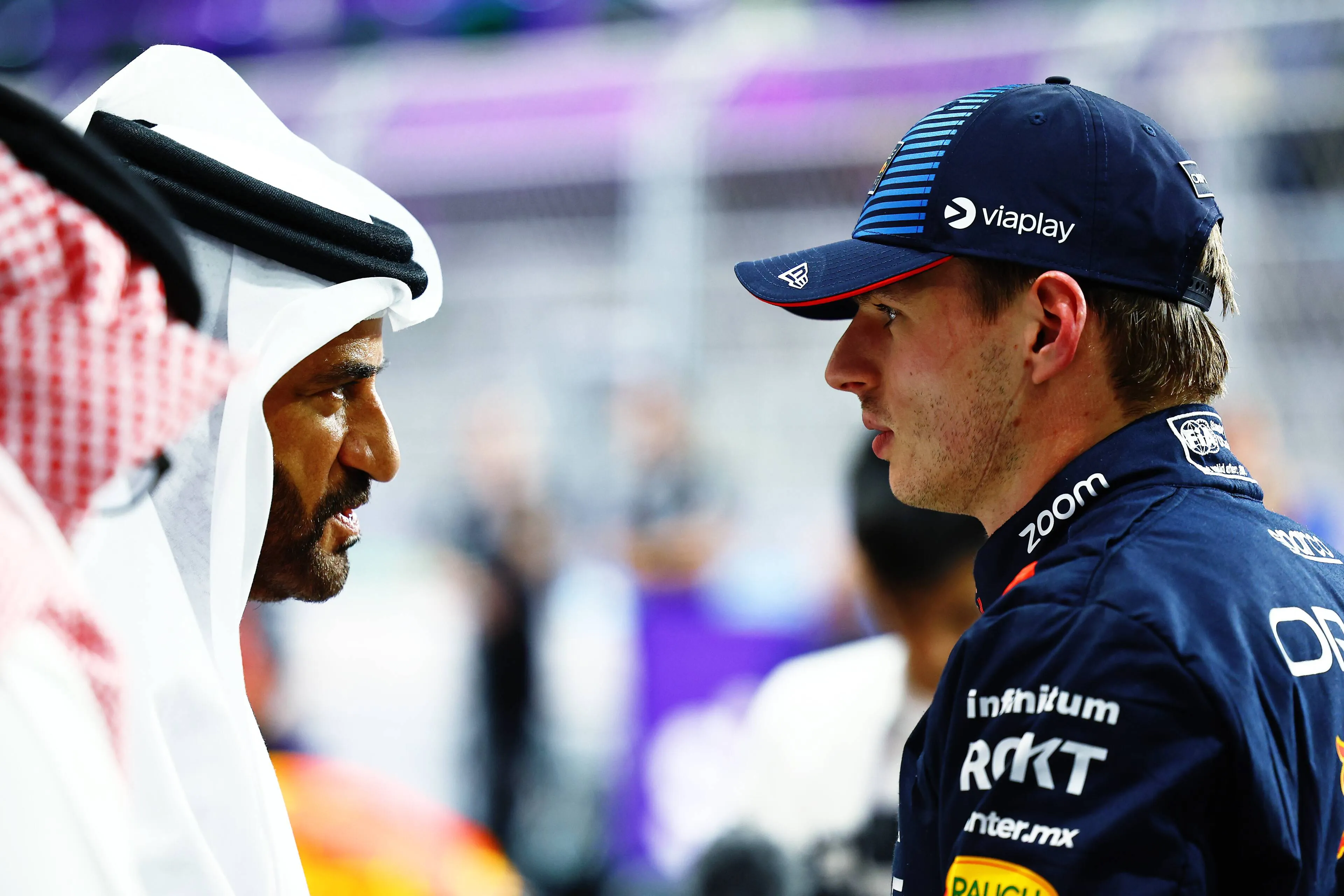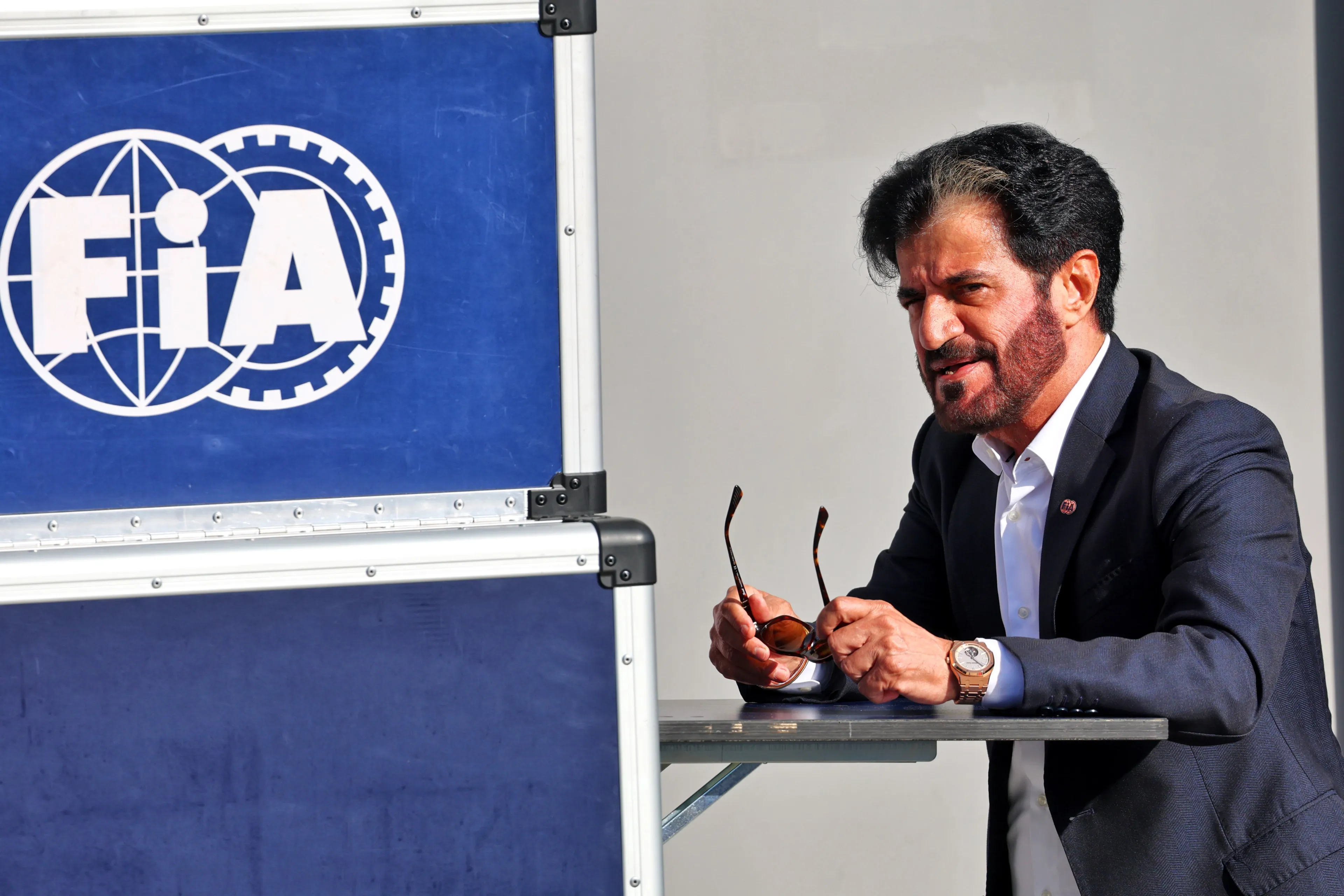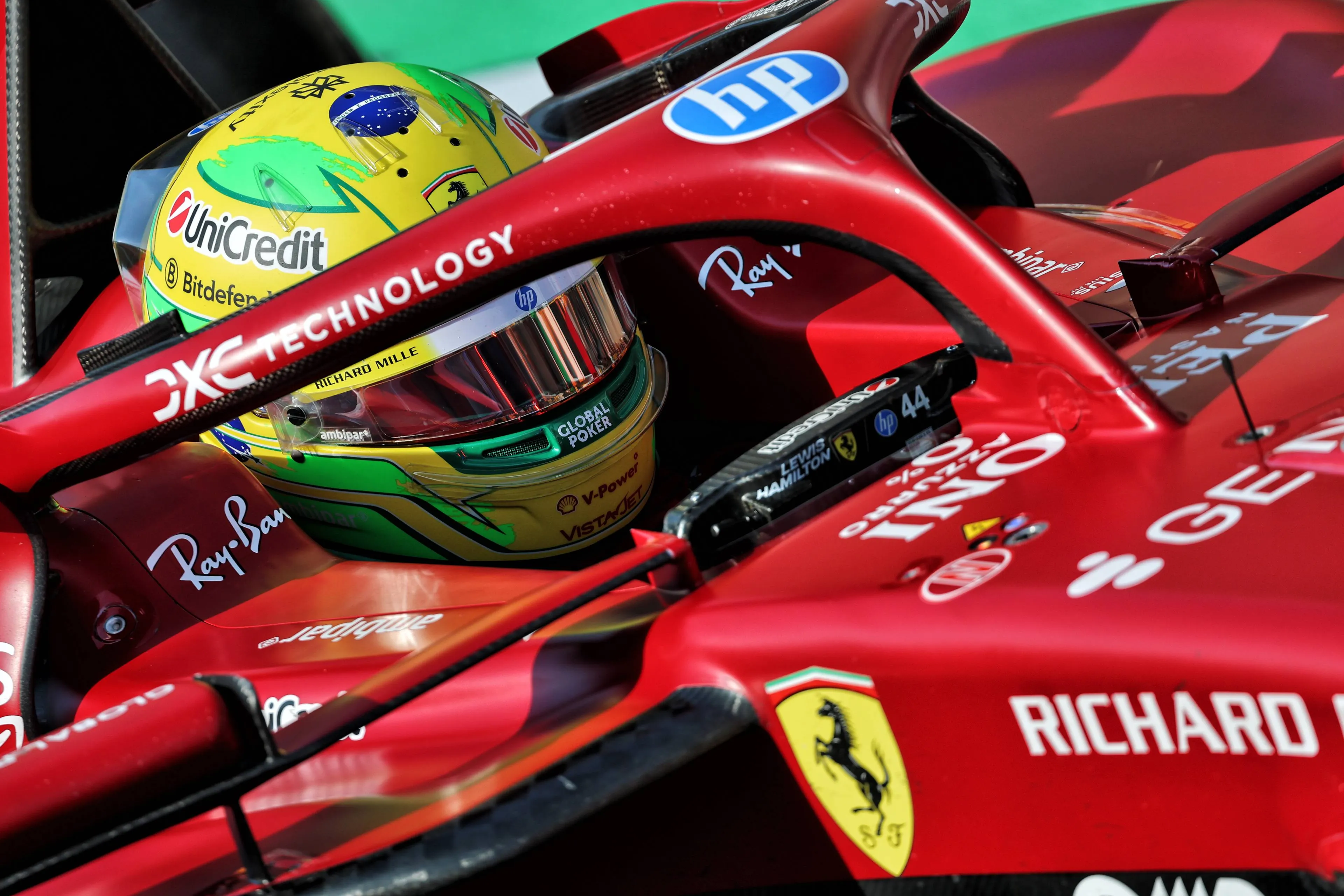Inside the FIA's newly released driving standards document for Formula 1
12:33, 26 Jun
Updated: 12:34, 26 Jun
0 Comments
The FIA have released two documents which were made to assist the stewards. In a swift move, these have now been made public. Here, we break down exactly what the governing body means with its driving standards document.
GPblog have also explained the penalty point document, which was also released. Although both of these have no regulatory value, the guidelines have been shared publicly in a bid to improve transparency.
As part of his statement, FIA president Mohammed Ben Sulayem stated: "This will give fans and members of the media a much deeper and more accurate insight into how decisions are made in Formula 1. The Penalty Guidelines have been a core tool for almost a decade while the Driving Standards Guidelines introduced in 2022 and constantly updated have brought the most important voices, those of the drivers, to the table to create a genuine reference for certain racing situations.”

Max Verstappen has 11 penalty points, just one beneath a race ban
Read also
The FIA's driving standards document explained in brief
The FIA’s driving standards guidelines (not enforceable regulations) offer clarity to stewards, drivers, and fans on how on-track battles are judged.
- They define when an overtaker is entitled to room - inside moves require the front axle alongside the defender’s mirror before the apex; outside moves demand even positioning at the apex.
- Stewards assess each incident holistically, considering late braking, vehicle control, potential for completion within track limits, tyre condition, and track layout.
- Track limit rules are enforced by a “three‑strikes” system during races, allowing limited leeway for loss of control, avoiding collisions, or forced off-track re‑joins.
- Defending is restricted: no weaving under braking, no erratic direction, and safe re-joining is mandatory.
- Post-safety-car restarts demand a controlled, non-dangerous pace from the lead driver.
Introduced in 2022 and refined through 2024-25 with driver and steward input, the core aims of the guidelines across all FIA championships are:
• Safe racing
• Hard and competitive racing
• Fair racing
• Sporting justice
• Consistency across all categories
• Standardization of driving standards and race direction operation across all categories.
Read also
Read more about:
Rumors
Popular on GPBlog

1
Stella's Red Bull cost cap question answered at the F1 Commission? What we know
1159 times read

2
Ferrari F1 urged to drop Hamilton for 'cheaper' impressive rookie
897 times read

3
McLaren chief on Verstappen's success: 'He has a much bigger vision'
887 times read

4
Former F1 team principal baffled by McLaren role reversal
628 times read
Loading















